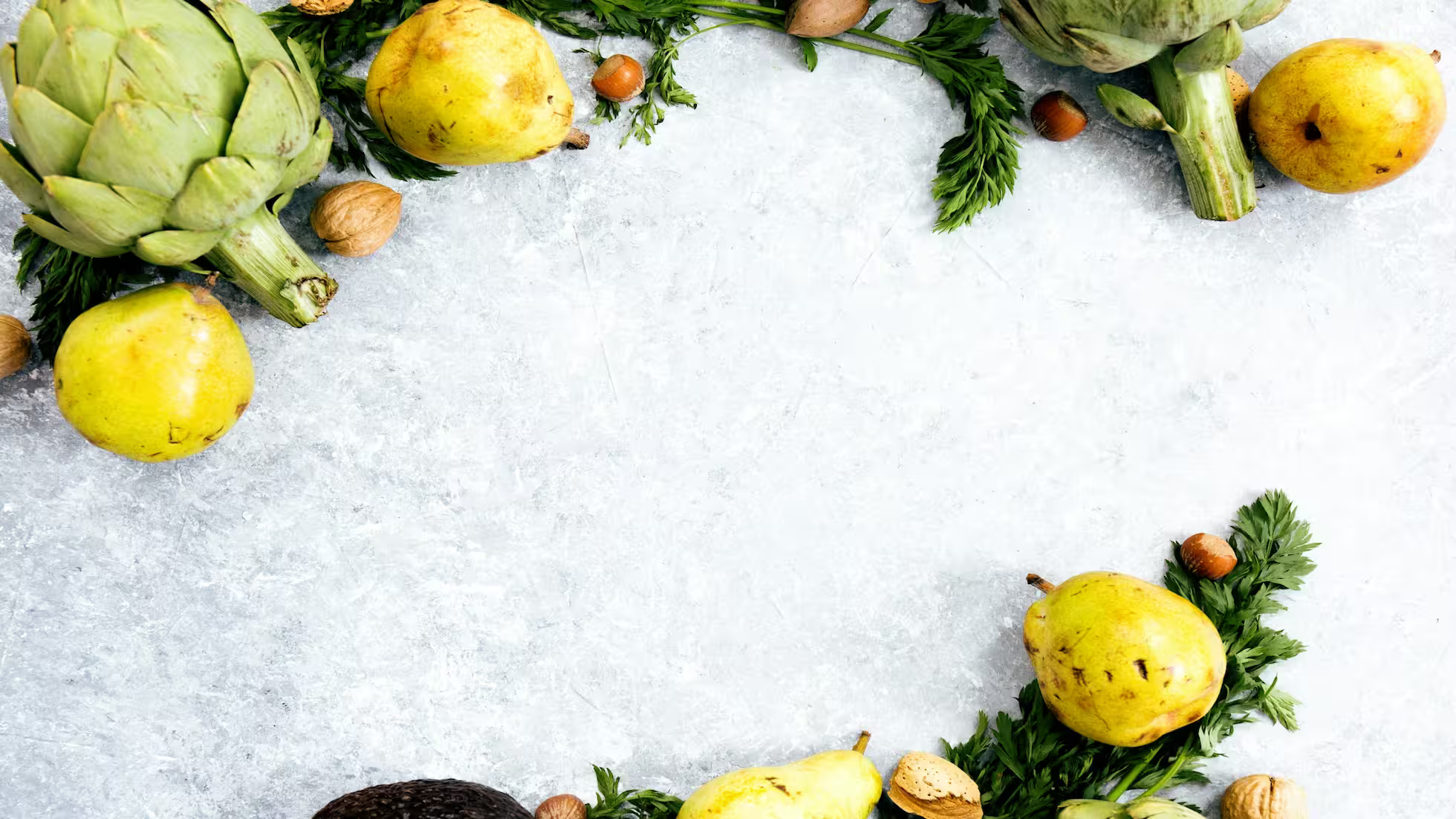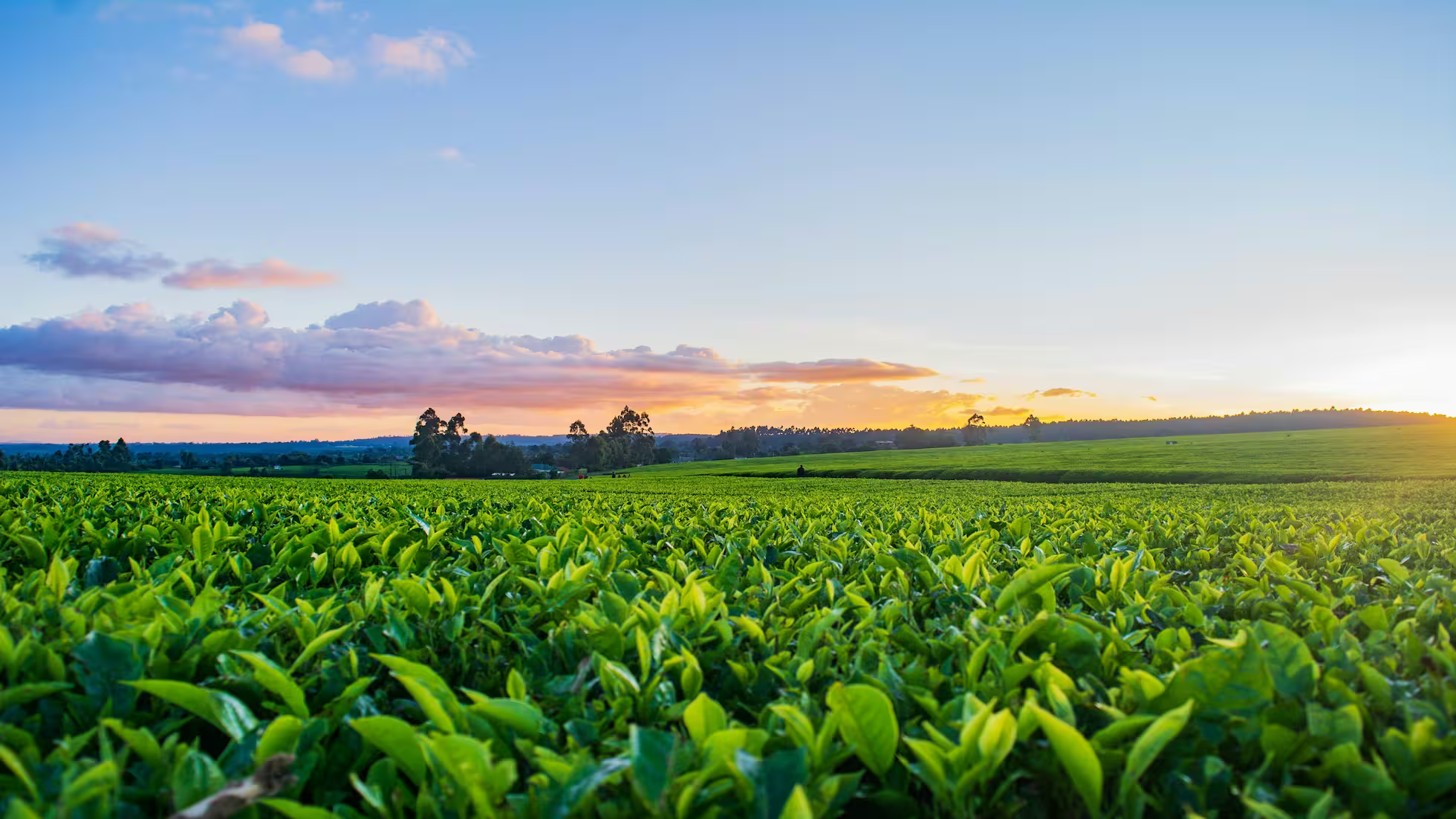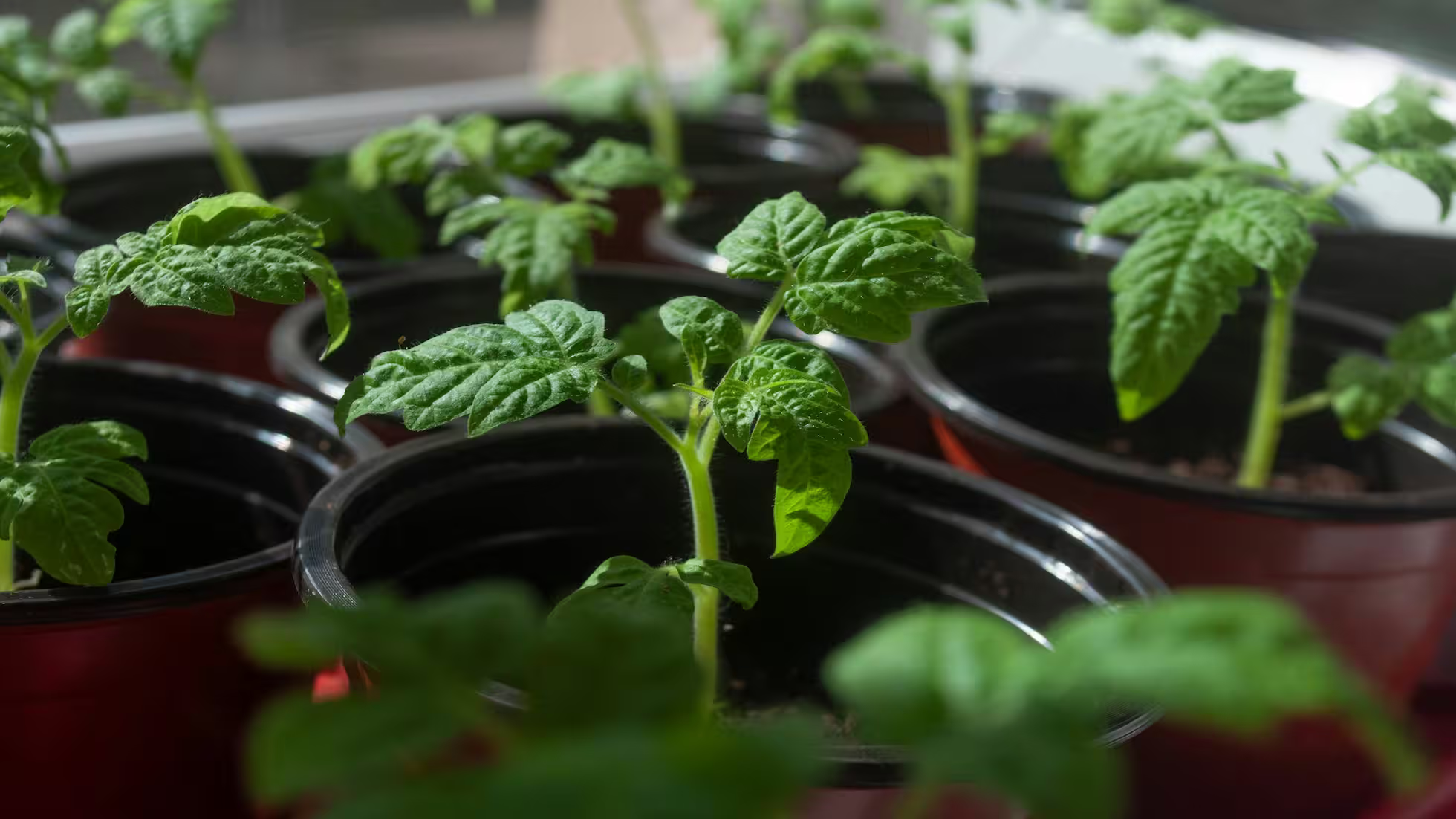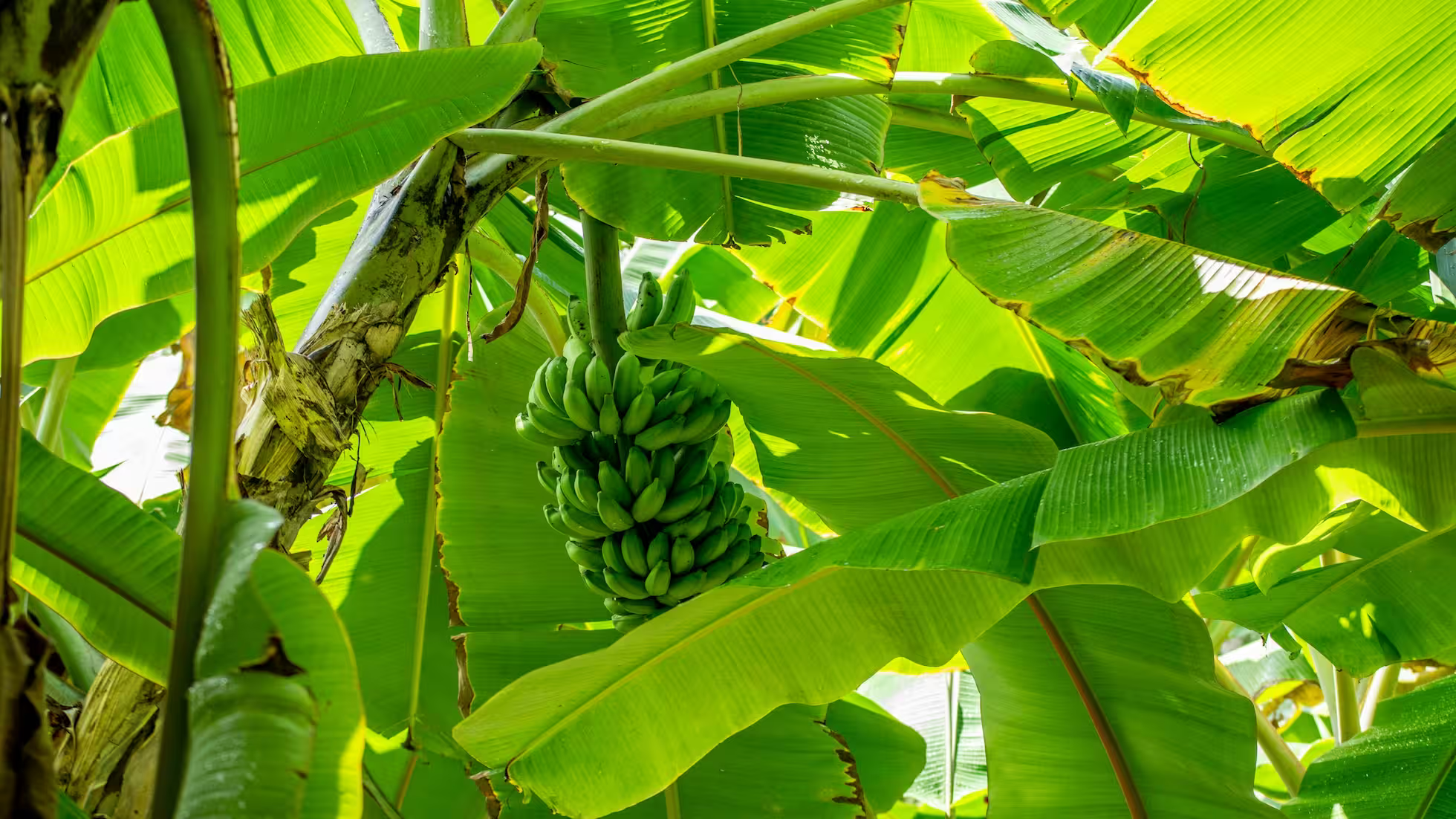Winter Vegetables: Key Protection Against Low Temperature, Low Light, Snow and Ice

Introduction
Winter is a critical period for vegetable production. Under persistent low temperature, poor light and rain–snow freezing, ensuring stable yield and quality becomes paramount. This guide summarizes disaster‑prevention techniques and management practices so growers can prepare and respond effectively.
Responding to Persistent Low Temperature and Poor Light
1. Choose stress‑tolerant varieties and raise sturdy seedlings
Select cold‑tolerant, disease‑resistant cultivars with strong fruit set. In northern protected systems, favor types adapted to low temperature and weak light; in southern open fields, favor cold‑tolerant leafy and root vegetables. After emergence, control water and nitrogen to avoid spindly seedlings.
2. Strengthen insulation and heat storage; warm the soil
Install windbreaks outside greenhouses and use multi‑layer covers inside. Keep at least 10 cm clearance between film and foliage to avoid chill injury. Mulch beds or in‑row strips with rice‑husk ash, plant ash, fired soil or straw to raise soil temperature. For open fields, irrigate a light “anti‑freeze” watering on a sunny day before a cold spell, and add low tunnels or windbreaks during cold events.
3. Add supplemental light when needed
When sunlight is insufficient, use artificial lighting (e.g., spaced incandescent bulbs for ~4 h/day) to sustain photosynthesis. Also uncover earlier and cover later, clean film surfaces, prune and trellis to reduce shading and increase light‑use efficiency.
4. Tighten cultural management; control water and nitrogen
Under cold and weak light, transpiration is low. Irrigate sparingly and avoid heavy nitrogen. If wilting occurs, irrigate under film or with small volumes on sunny days plus balanced fertilizer. Foliar brassinolide can help induce cold tolerance.
5. Vent to reduce humidity; prevent diseases and pests
In northern greenhouses, ventilate around midday on sunny days to lower humidity and suppress pathogens. Remove diseased/old/yellow leaves to improve airflow and light. In southern open fields, poor light with high humidity favors gray mold, damping‑off and sclerotinia; apply low‑toxicity, low‑residue broad‑spectrum fungicides in time.
Responding to Rain–Snow Freezing Events
1. Track forecasts; insulate and heat
Maintain and reinforce structures. For older or deformed houses, add supports and repair film. Before a cold snap, add thermal quilts outside and use heating and supplemental light. For open fields, cover with plastic or shade nets; after the event, remove covers gradually under stable, warmer conditions.
2. Improve plant tolerance; protect against diseases
Before events, foliar‑spray mixes of KH₂PO₄, calcium nitrate and glucose to enhance cold tolerance. Hill soil or apply organic manure around roots to provide heat and nutrients. During extremes, consider smoke or powder formulations. Afterward, remove dead/diseased plants and apply broad‑spectrum fungicides to prevent secondary outbreaks.
3. Clear ditches and snow; drain promptly
Remove snow from roofs and surroundings in time to prevent collapse; if snow load is excessive, cut the film to relieve stress. Once weather improves, clean drainage ditches quickly to avoid waterlogging.
4. Uncover gradually to avoid chill and photostress
After cold/snow, uncover thermal quilts stepwise as the sun returns so plants acclimate. If wilting appears, re‑cover, allow recovery, then uncover gradually. Spraying clean water or seaweed extract on wilted leaves can speed recovery; vent lightly at midday to disperse fog and humidity.
5. Harvest and re‑sow to reduce losses
Harvest mature crops before the event; after, promptly harvest any marketable produce. For severely frozen fields, plow quickly and, when warmer, switch to fast crops such as pak‑choi, lettuce, mustard, spinach, and garland chrysanthemum.
Conclusion
By combining tolerant varieties, better insulation and supplemental light, sound ventilation, and science‑based fertilization and plant protection, growers can mitigate winter risks and keep yields stable and quality high. Strengthen early warning and post‑event remediation to set up the next season for success.
Published at: Jan 5, 2025 · Modified at: Dec 24, 2025



